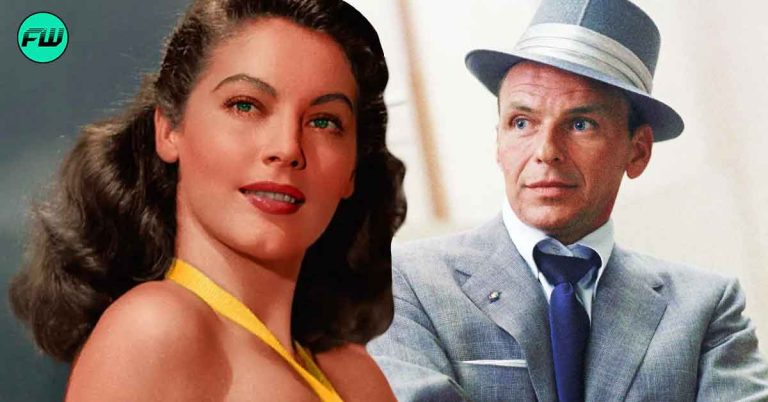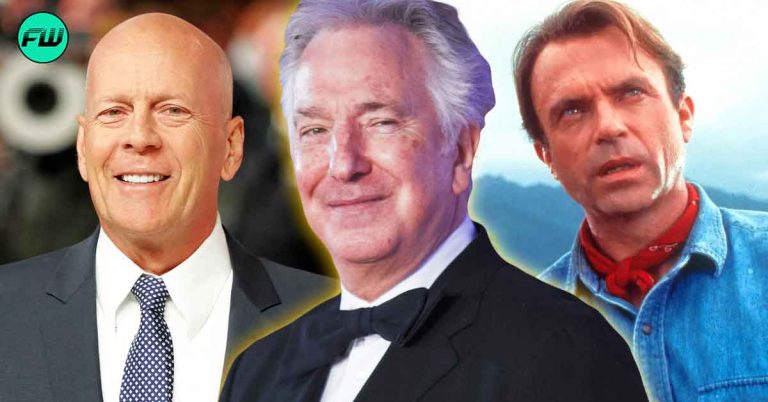For as long as there has been James Bond, the idea of a secret superspy manoeuvering through the paraphernalia of the world’s terrifying threats has provided refuge to the lovers of cinema. The 25 films that have marked up the tally of Bond films from 1963 to 2021 have so many subject themes in common that it is a hard job to differentiate them at first glance.

Apart from the technological progress of cinematography, the dominating subject of one man infiltrating an evil organization, a beautiful woman getting embroiled in action, and Bond overcoming extraordinary obstacles to swoop in and save the day have made 007 a symbol of resistance from the Cold War era. As such, the Bond franchise continues to live on, slowly learning to evolve out of the mid-1900s misogynistic undertones.
The Paradigmatic Shift of James Bond: 1963 – 2021
Although the Ian Fleming novels were composed almost 60 years ago — at a time of volatility and soaring unrest, the times now haven’t got much to show for it other than the same. With increasing socio-cultural waves of change and the escalating collapse of institutionalized ideas, the art of post-modern times reflects a state of constant turmoil, in terms of technological advancement as well as the politics of gender and sexual identity.

As such, the budding social revolution is also reflected in the 2006 film, Casino Royale, with Daniel Craig creating a Bond more emotionally attuned to his subjective feelings. With the advent of the blond-haired blue-eyed 007, a lot of aspects changed apart from the obvious physical ones. Craig and producers Barbara Broccoli and Michael Wilson deconstructed the fading Cold War-era figure and rebuilt the icon in the reflection of the present socio-political conflagrations. In what can only be defined as a cinematic revelation, the Daniel Craig-era 007 films emerged as the best subset of the entire James Bond franchise.

James Bond Producers Discuss The Evolution of 007
Barbara Broccoli and Michael G. Wilson have been on the lookout for the lead for their still-untitled Bond 26, a film that promises “reinvention” and “a 10-12 year commitment”. The pair claimed, “It’s an evolution. Bond is evolving just as men are evolving. I don’t know who’s evolving at a faster pace.” The inherent shift in Bond girls from being sexualized on-screen to achieving a greater, more substantiated and meaningful role has already gained ground.
But the next arc in evolution, which takes us to the technological prowess of electric cars and inclusion of the LGBTQIA+ community has proven more resistance-worthy to some of the Bond factions.
With the negative responses, come equally vocal and supportive ones that advocate the progressive stance of the ever-changing James Bond franchise. The radical shift shown in Daniel Craig’s time as 007 was receptive to unilateral critical acclaim. And it can’t be a hard task for the same producers to reinvent their superspy in the light of the changing times to make the heroic character more realistic, rather than following through with the outdated ideals of the time during which Bond was created.
Source: Variety










